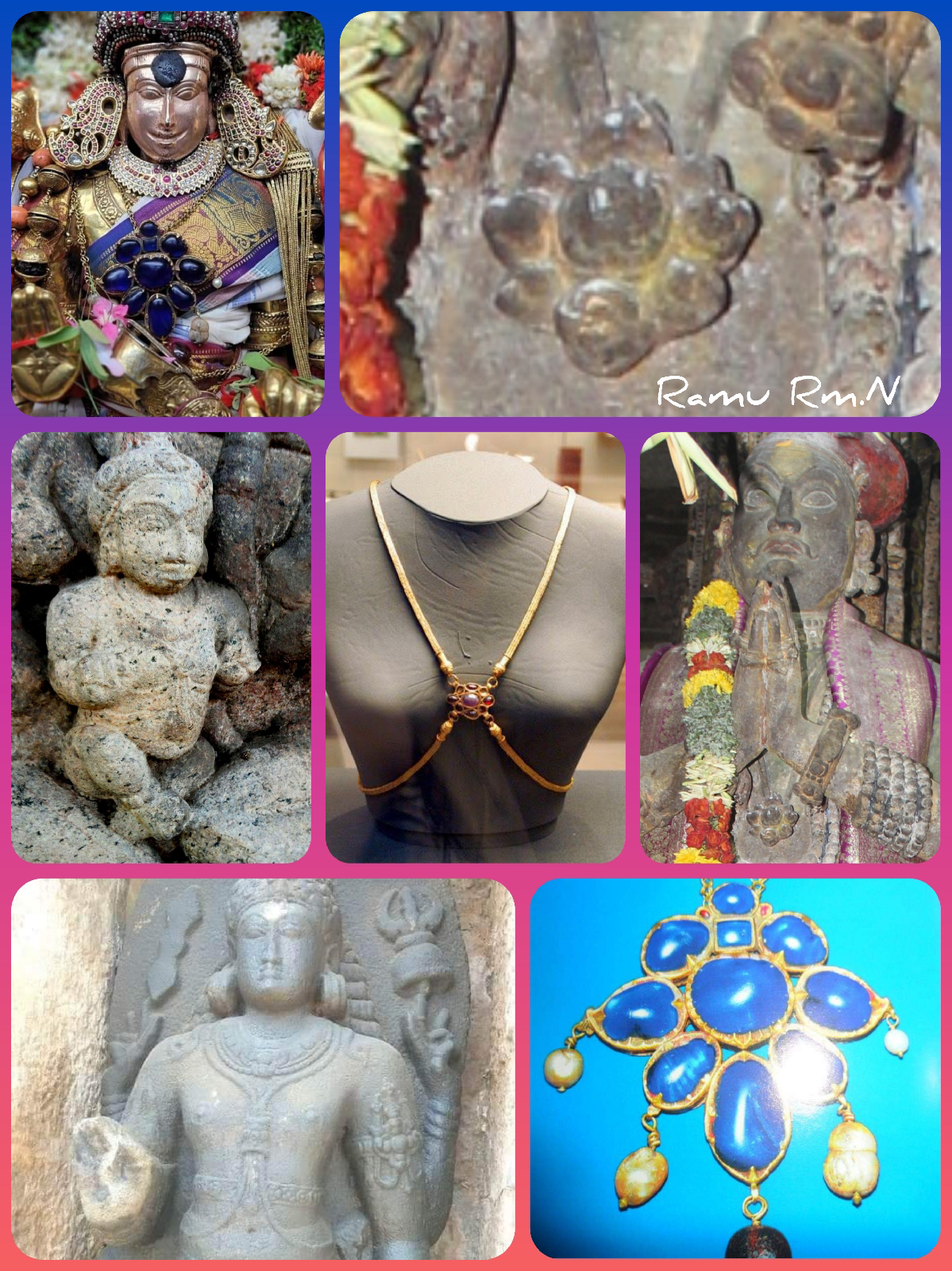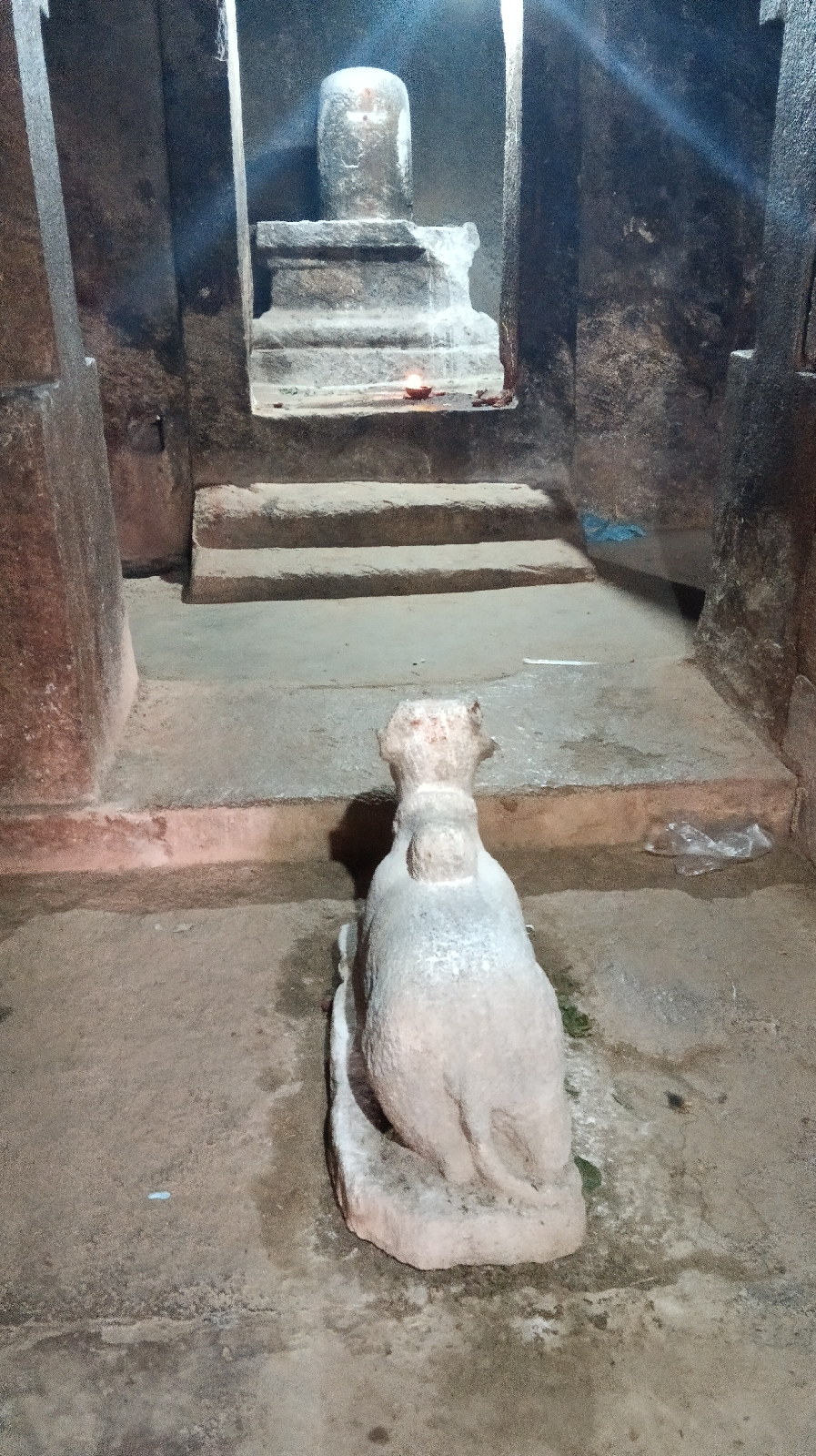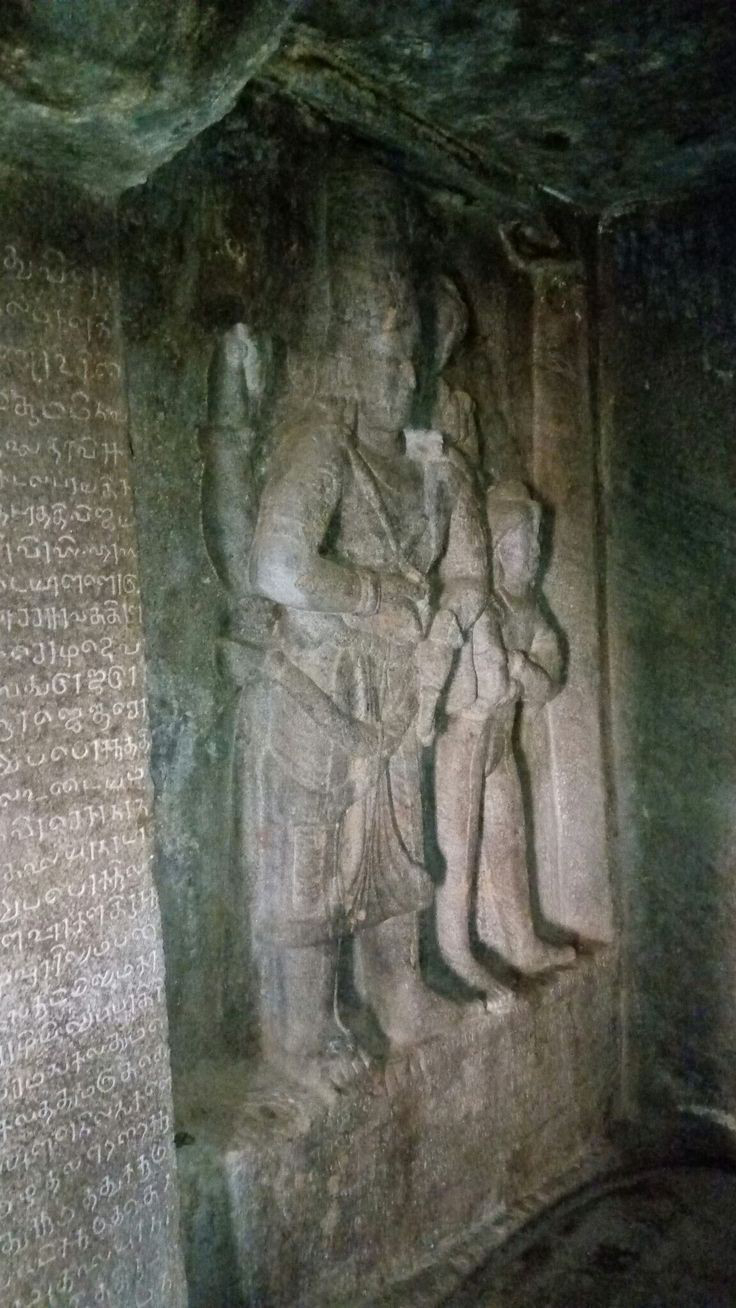In Indian jewelry, honey bees have historically held both decorative and symbolic significance. They are often incorporated into jewelry designs that reflect themes of nature, fertility, beauty, and devotion, and their presence represents prosperity, love, and transformation. Indian jewelry artisans use bees as a motif across various styles, from temple jewelry to modern designs, drawing inspiration from their connection to nature and mythology. Here are some ways honey bees are represented in Indian literature and philosophy.

Honeybee in Tamil literature
Honey bees have a rich presence in Tamil literature, often symbolizing various aspects of beauty, nature, and love. They are depicted in classical Tamil poetry, particularly in the "Sangam" literature, which dates back over two thousand years. In these ancient texts, honey bees appear as motifs for beauty, fertility, the arrival of spring, and as a metaphor for romantic longing and devotion.
Honey bees in Sangam poetry are commonly used to describe the emotions of lovers (Symbol of Love and Romance). They are often compared to the lover who is drawn irresistibly to their beloved, just as bees are attracted to flowers for nectar. Poets liken the hum of bees to the whispers of lovers, and bees moving from flower to flower are used as metaphors for the curiosity and affection in romantic relationships.
Some reference from Tamil literature has been listed here. Akananuru -4-10; 46 Ainkurunuru - 90
Narrinai 290 men are like bees visiting many women, 277 Kuruntokai 2, 392 Purananuru - 70; narrinai -55, akam 332 -six legged. Most of the Tamils would have heard this beautiful poem, but in a different context. In Thiruvilayadal Puranam, written in the 16th century, this poem is imagined as the one given by Shiva to poet Dharumi to present in Pandiyan's court to clear his doubt. Which is opposed by Pandiyan's minister Nakkeeran; since he questioned the poem penned by Shiva himself, Nakkeeran was burnt to ashes by Shiva. But this poem is from Kuruntokai 2, 392
கொங்கு தேர் வாழ்க்கை அஞ்சிறைத் தும்பி!
காமம் செப்பாது, கண்டது மொழிமோ: பயிலியது கெழீஇய நட்பின், மயில் இயல்,
செறி எயிற்று, அரிவை கூந்தலின் நறியவும் உளவோ, நீ அறியும் பூவே?
O' exquisitely winged bee, You judiciously suck honey! Tell me not what I wish to hear, But truth as you know crystal clear: This girl who I'm rightfully in love with, She of peacock's grace, and perfect teeth Do you know of flowers more fragrant than her tresses.
They are meeting secretly. She is shy, he is desperate. He gets close to her and smells her hair. He sees a bee buzzing around the flower string in her hair. He asks the bee “O’ bee with beautiful wings! You are selective in choosing honey flowers to suck. I have a doubt. Tell me the truth as you’ve known. Don’t tell me what I want to hear because you are in my country. This girl whom I am in love with is graceful like a peacock. Her teeth are even and perfect. Is there any flower that you have seen that is more fragrant than the hair of this girl?”
ஐங்குறுநூறு 90, ஓரம்போகியார், மருதத் திணை – பரத்தை சொன்னது, தலைவியின் தோழியரும் தலைவனும்கேட்கும்படியாக
மகிழ்நன் மாண் குணம் வண்டு கொண்டன கொல்?
வண்டின் மாண் குணம் மகிழ்நன் கொண்டான் கொல்?
அன்னது ஆகலும் அறியாள்,
எம்மொடு புலக்கும் அவன் புதல்வன் தாயே.
On hearing that his wife is upset with her, the courtesan says :
Did the bee acquire her husband’s wonderful trait? Or did her husband acquire the bee’s wonderful trait? She doesn’t know the reality,
His son’s mother, who is irked with me.
He left his wife and spent time with his courtesan. Now he has moved on to other women. But his wife is still upset with the courtesan and bad mouths her. Hearing this, the courtesan says “Her husband is like a bee that moves from flower to flower. Whether he got that trait from the bee or the bee got the trait from him, I don’t know. His son’s mother (wife) is not aware of the reality and is angry with me. But he has left me too.” this is from Ainkurunuru - 90.
We can relate Kuruntokai 2, 392 sangam literature poem with Madurai Meenakshi is traditionally depicted with a peral studded crown ( muthu chorugu) where a colourful honey bee rests in the center. The honey bee on her crown highlights her beauty and allure, much like a flower that attracts bees. And we can see a honey bee made of red sapphire in her Pearl studded Plait Ornament (jadanagam) in this college i have attached that too
Bees in thirumurai & thirupuzhal :
Thevaram, the collection of devotional hymns composed by the Tamil Saiva poet-saints Appar, Sundarar, and Thirugnana Sambandar, honey bees are used as poetic symbols that evoke natural beauty, devotion, and the spiritual connection between humans and the divine. Thevaram hymns, dedicated to Lord Shiva, vividly describe elements of nature to convey the beauty of Shiva’s abodes and to express profound feelings of love, longing, and surrender. Honey bees are often mentioned in ways that reflect their attraction to fragrant flowers and their unyielding devotion, which poets liken to the devotion of a true devotee to Shiva.
The honey bee’s attraction to flowers is used as a metaphor for the soul’s attraction to Shiva. Just as the bee is drawn to the flower for nectar, devotees are irresistibly drawn to Shiva, seeking his grace and blessings. This image expresses how a devotee, like a bee to a flower, is instinctively pulled to the divine.
In many hymns, the poets describe Shiva’s holy abodes as paradisiacal places filled with fragrant flowers, lush groves, and buzzing honey bees. The presence of bees adds life to these descriptions, painting a vivid picture of the divine sanctity and natural richness of places like Chidambaram, Thiruvannamalai, and other sacred sites associated with Shiva. The bees collecting nectar in these places symbolize the bliss and purity of devotion that pervades Shiva’s holy sites. Just as a bee gathers nectar to create honey, the spiritual seeker is encouraged to gather the “nectar” of wisdom, devotion, and righteous action, gradually refining the soul. This journey is reflected in Appar’s and Sambandar’s hymns, where they describe the process of spiritual purification and the ultimate attainment of Shiva’s grace as a process that is natural and transformative, akin to a bee’s role in nature.
In certain contexts Manikkavacakar describes, bees may also represent a messenger or a means of communication between the devotee and Shiva. Much like how bees carry pollen from flower to flower, a devotee’s prayers are carried by love and devotion to reach the divine. This reflects the intimate connection between the soul and Shiva, where even the simplest elements of nature become part of the spiritual relationship.
இன்புறு வண்டிங்கு இனமலர் மேற்போய்
உண்பது வாச மதுபோல் உயிர்நிலை
இன்புற நாடி நினைக்கிலும் மூன்றொளி
கண்புற நின்ற கருத்துள்நில் லானே.
Thirumandiram 10.5.8
Lord is the Light Beyond Visible Reach
The bee, that nectar seeks, flies high for its flower on top And there, alone, it sucks the fragrant juice; Even so, they who seek the blessed grace divine, Aspire for the Light beyond visible reach of eyes.
The bees go in search of hidden nectar and collect it. They only know which flowers have got the nectar and use their fragrance. In the same way God seekers go in search invisible God and enjoy Hum.
ஈட்டிய தேன்பூ மணங்கண் டிரதமும்
கூட்டிக் கொணர்ந்தொரு கொம்பிடை வைத்திடும்
ஓட்டித் துரந்திட்டு அதுவலி யார்கொளக்
காட்டிக் கொடுத்தது கைவிட்ட வாறே.
Thirumathiram 10.3.4
The Bee Stores Honey Only to be Appropriated by Others; So is Your Hoarded Wealth The industrious bee from flower to flower hops,
Seeking, scenting, gathering its store of honey sweet; But soon the subtle thief digs and steals the hoarded wealth; Likewise, our earthly treasures the same story repeat.
If you store money like a bee it will be used by someone else. That is what happened to the hoarders on earth- Tirumular in his Tiumanthiram.
In Thirumaris , honey bees serve as a powerful metaphor for the devotee’s love, longing, and journey toward spiritual fulfillment. Through this imagery, Manikkavacakar and poetes captures the essence of bhakti (devotion), emphasizing a deep, personal connection with Shiva, much like the bee's intimate bond with the flower from which it draws nectar. In thiruvathaoor manikavasagar temple we can see a honey bee pendant made of gold has been used during the annual processions we can relate this bee with his poem Thirukothumbi" in Thiruvasagam captures the essence of devotional longing and love for the divine, with the honey bee symbolizing the devotee’s unending pursuit of divine connection.

In Thiruppugazh arunagirinathar often describes the six abodes of Murugan (Arupadai Veedu), where each is associated with natural beauty, including flowers and bees. The presence of bees in these divine abodes emphasizes Murugan’s connection to vibrant life and the natural world, portraying him as a god who is both protective and nurturing toward all creatures. This also reflects the belief that Murugan’s divine presence brings vitality and abundance to his surroundings. We can see this representation as a pendents and charms in thiruchendur subramaniaya swamy temple. In this pendant we could see the bunch of honey bees flying around the star where the star represents karthikeyar and he is enclosed by his devotees.
Bees in hindu philosophy
In Hindu philosophy, honey bees hold profound symbolic meanings, appearing in spiritual texts and mythology. Hindu gods even have weapons related to bees, such as Kama, the god of love, who has a bowstring of bees. In Indian mythology, Honeybees form the string of #Kama's bow made of sugarcane, symbolizing that the love arrows of god are sweet but also painful. Kāma shoots five flowery arrows triggering the five effects of desire: attraction, followed by disturbance, burning, desiccation and, alas, destruction. Bees and their hum are always mentioned as Kāma's subsidiary weapons.Bees symbolize the arrows of love, which are sweet and painful. The buzzing of bees is taken by poets as a romantic sound inciting love; hence, people who long for an absent or unwilling lover cannot stand to hear it.The hum of bees is taken by poets as a romantic sound inciting love. It is believed that people yearning for absent or unwilling lovers could not stand to hear bees' buzzing.
Krishna, often called the “nectar of love” or “Madhava” (meaning “sweet like honey”), is associated with sweetness, charm, and divine attraction, much like the irresistible allure of flowers to bees. Honey bees play an important role in devotional imagery associated with Krishna, symbolizing divine attraction, sweetness, love, and the deep connection between Krishna and his devotees. The bee’s devotion to nectar mirrors the soul’s eternal search for the sweetness of divine love, making it a beautiful and powerful symbol in Krishna’s lore. We could see the golden bee pendant studded with blue sphairee and pearls in kanchipuram varatharajar temples annual festival time and in madurai alagarkovil they have honey bee necklaces made of blue sphare which is a very unique and rare piece.

In Shakta philosophy honey bees reflect the multi-faceted nature of the Goddess they symbolize her nurturing, life-giving aspect as well as her fierce protective power. Through these associations, bees become a reminder of the Goddess’s omnipresent energy, her ability to transform and protect, and her vital role as the force behind all creation.Just as honey bees transform nectar into honey, a substance that is sweet, nourishing, and pure, they serve as a symbol of spiritual transformation in Shakta philosophy. Devotees of the Goddess are encouraged to transform their minds and hearts through devotion (bhakti) and meditation, “sweetening” their souls to become worthy of divine grace. The journey of spiritual transformation is likened to the bee’s process of gathering nectar and producing honey.
In traditional Bengali jewelry, butterflies have historically been more prominent than honey bees. The butterfly motif has been widely used in various forms of jewelry that symbolizes beauty, grace, and transformation, making it a popular and significant motif in Bengali art and butterfly-shaped hair ornaments were indeed part of traditional Bengali jewelry, especially during the late 19th and early 20th centuries. These ornaments, known as *tikli* or *chur* (hair ornaments), were designed to add grace and charm to women’s hairstyles, reflecting the aesthetic values of the time.
In Bengali culture, the butterfly is a symbol of beauty, grace, and transformation, making it a fitting motif in jewelry. Butterfly designs were popular not only in hair accessories but also in *bala* (bangles), *kanbala* (earrings), and other ornaments. These jewelry pieces were typically made from gold or silver, sometimes adorned with gemstones or enamel to enhance the vibrant look associated with the butterfly motif.
During the Bengal Renaissance, artisans and jewelers in Bengal also drew inspiration from nature, incorporating floral and animal motifs, including butterflies, to reflect the elegance of nature in their work. While butterfly ornaments may not be as commonly worn in contemporary Bengal, they remain an important part of the region’s rich cultural heritage in jewelry design. Here in this collage i had a traditional patter of Prajāpati ( butterfly ).
In summary, honey bees in Indian art and literature embody a blend of spiritual, emotional, and natural symbolism. Whether representing devotion, love, nature, or power, honey bees serve as a bridge between the material and divine worlds, celebrated for their role in the beauty and balance of life. Their image is timeless, reappearing across generations of Indian cultural expressions as a symbol of life’s sweetness, resilience, and interconnectedness.
--Ramu. Rm.N













